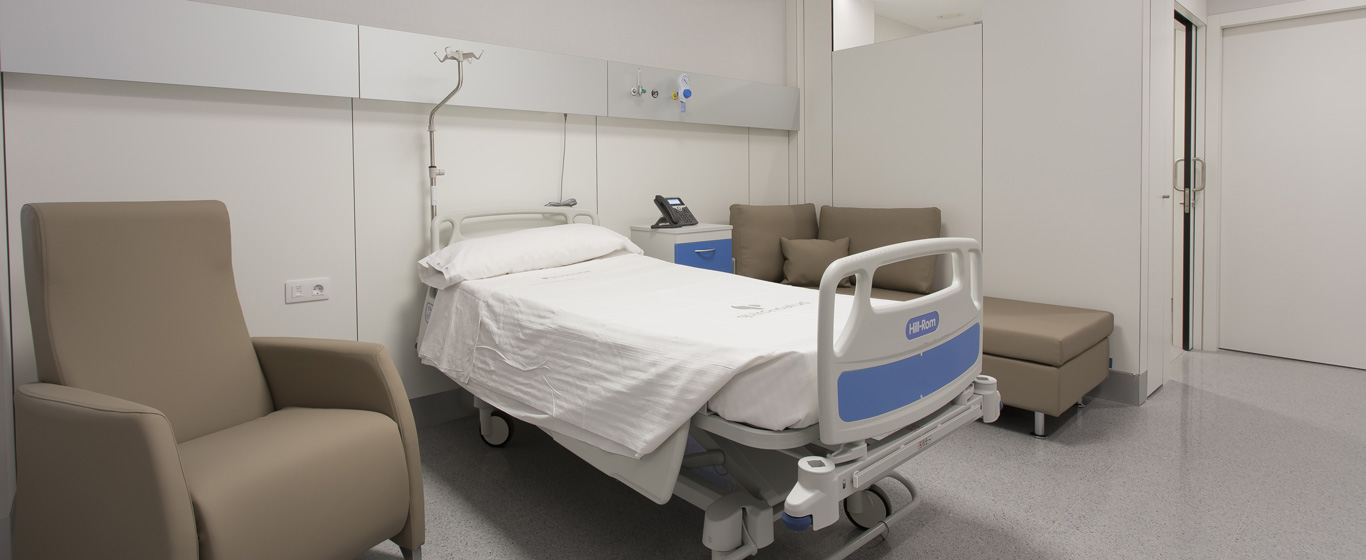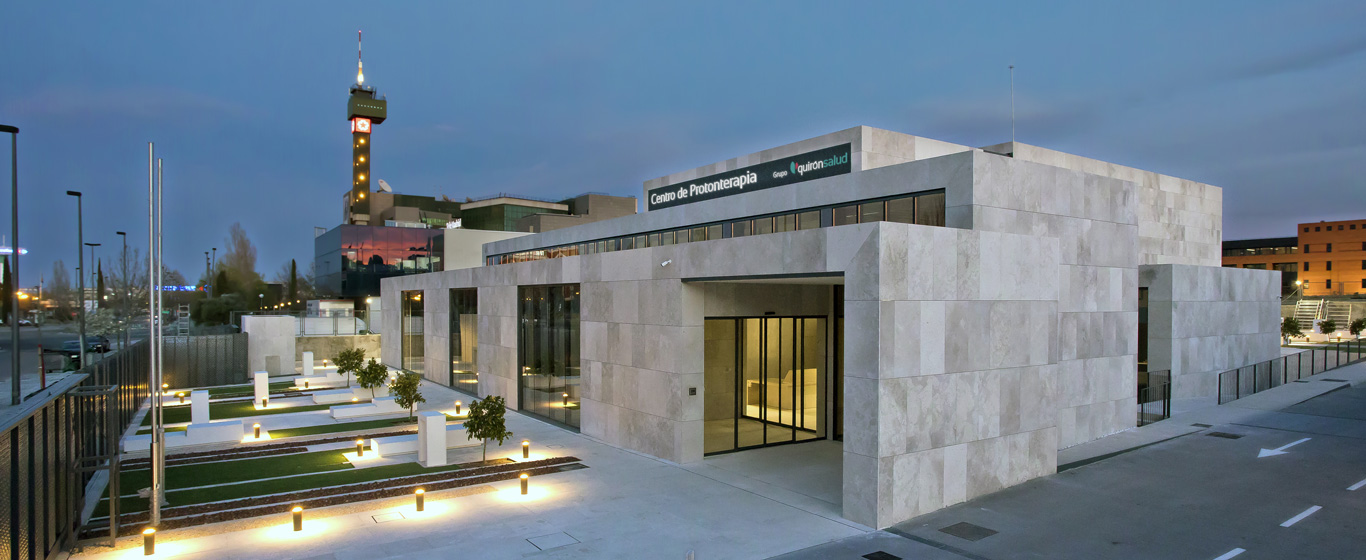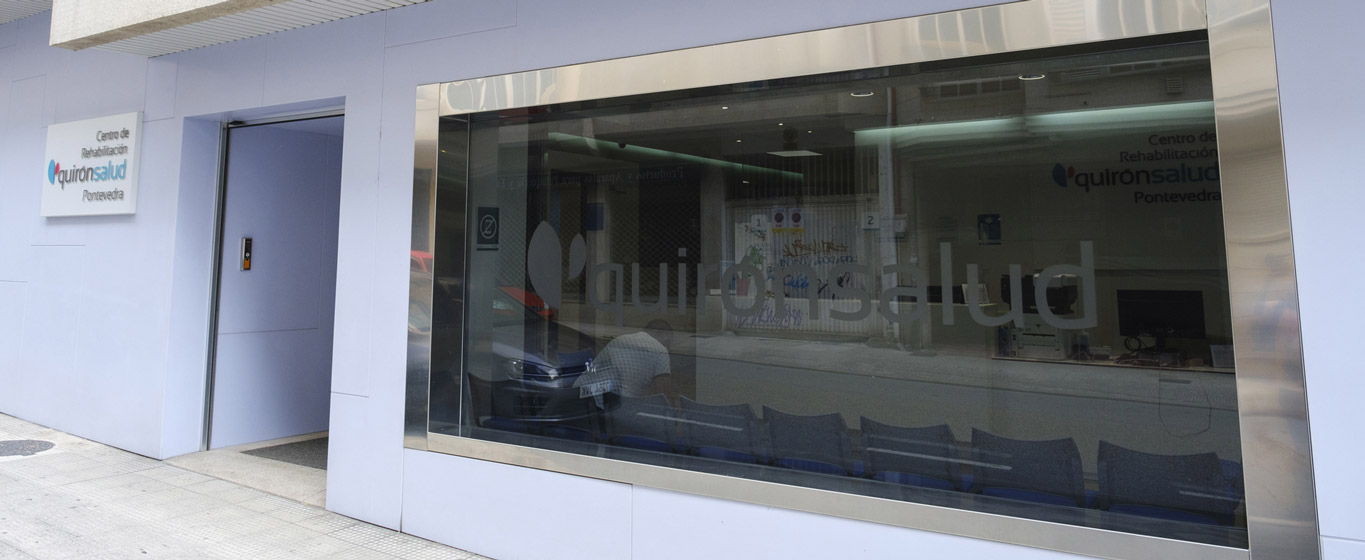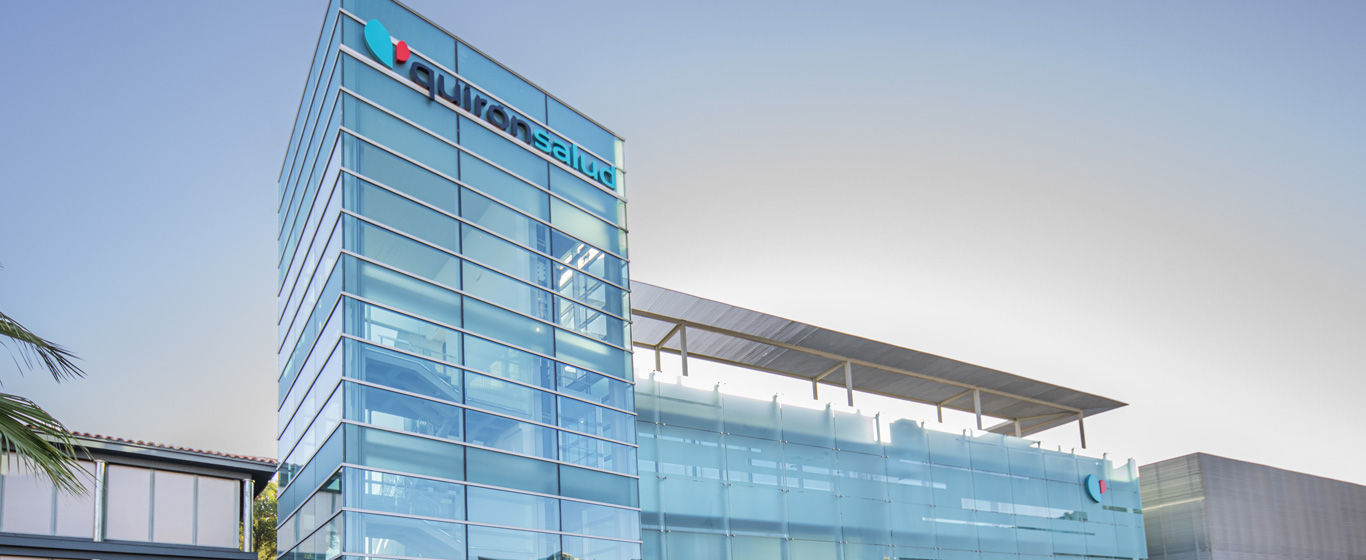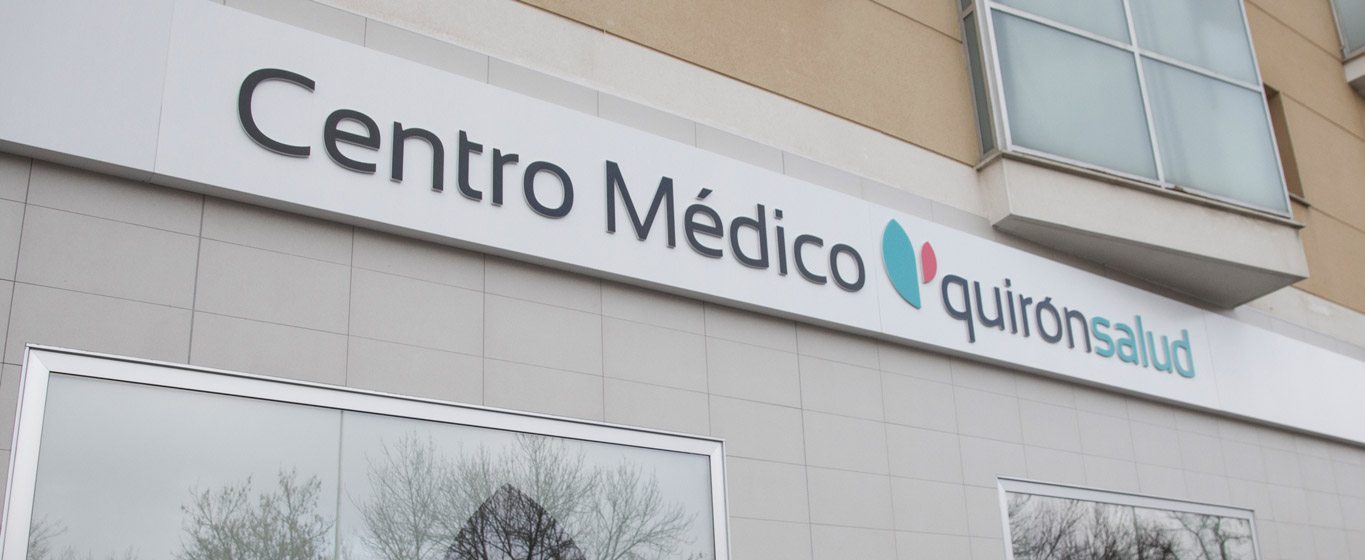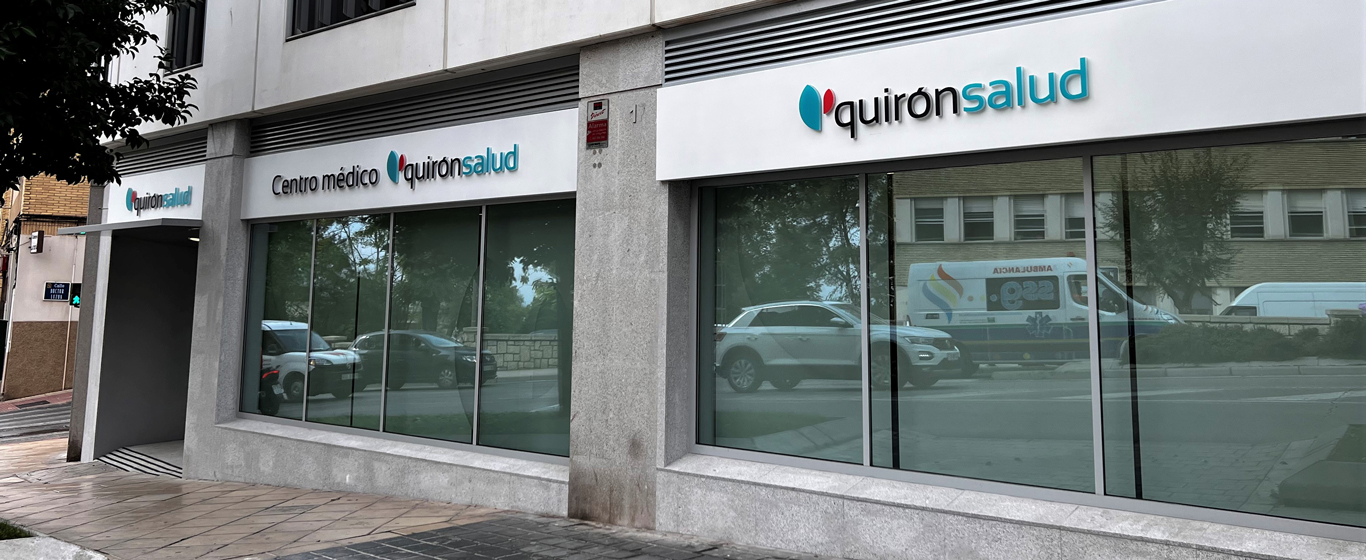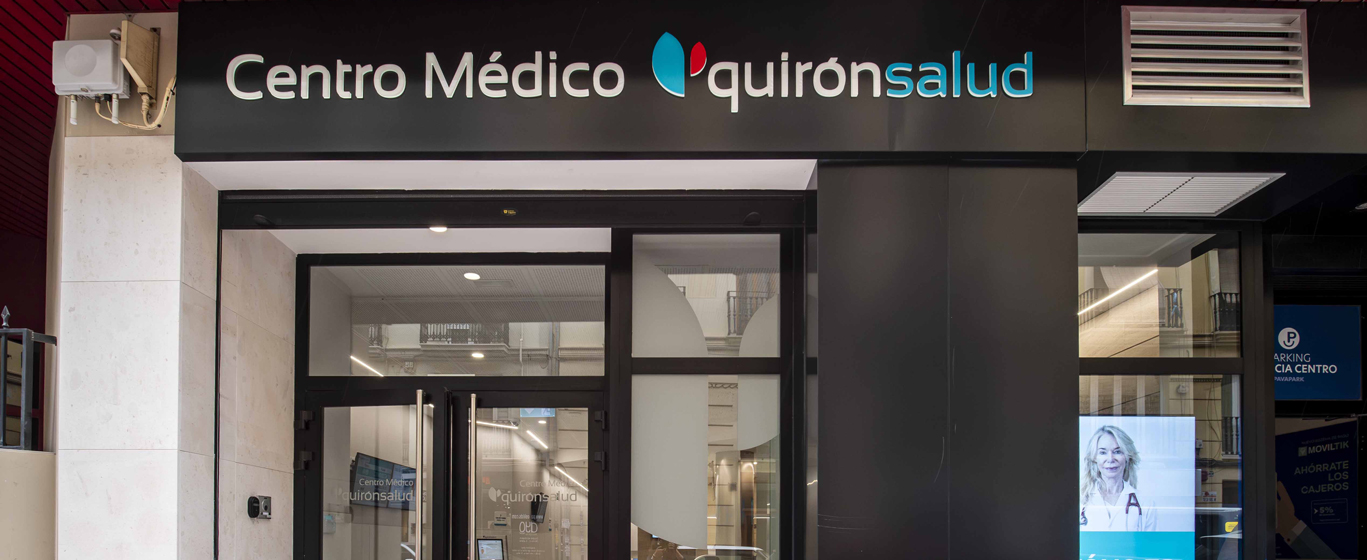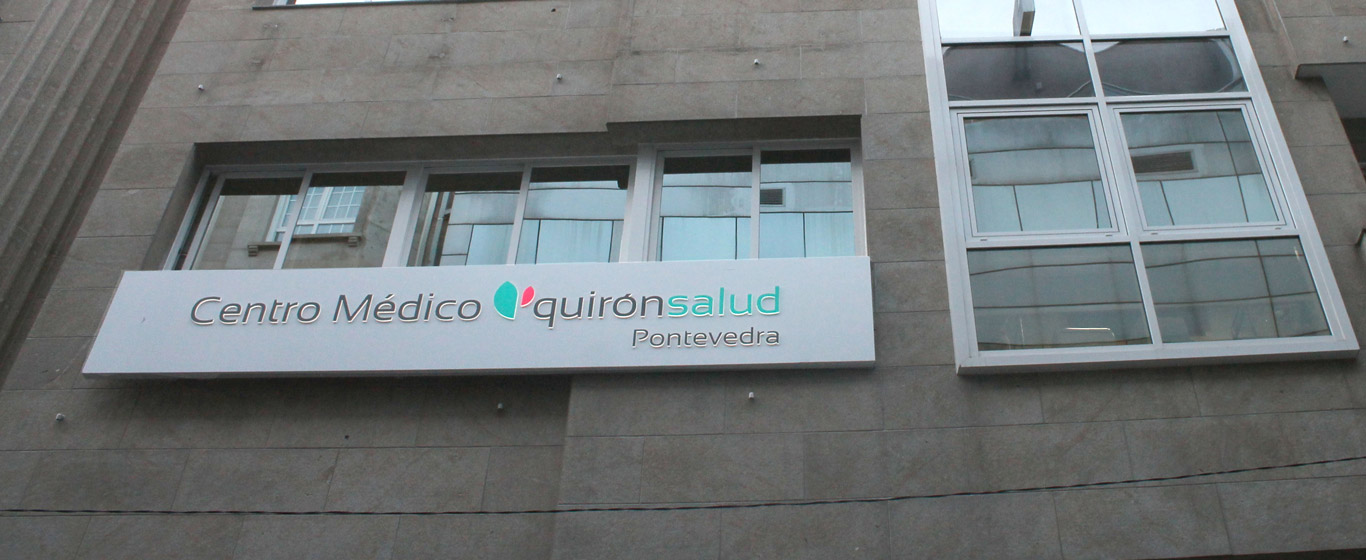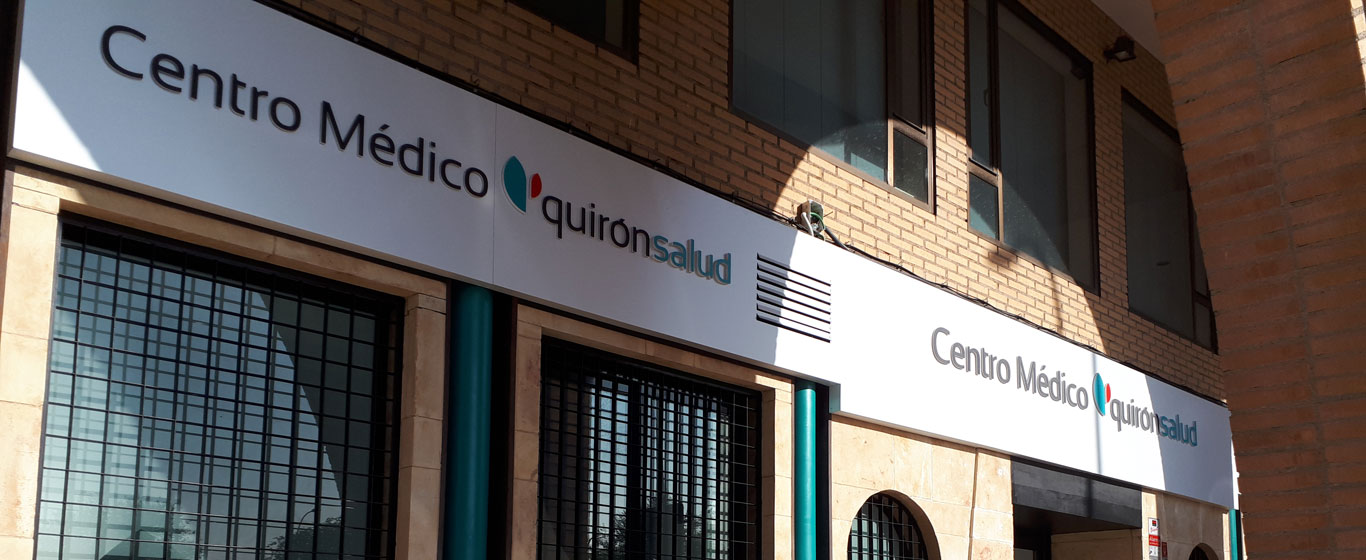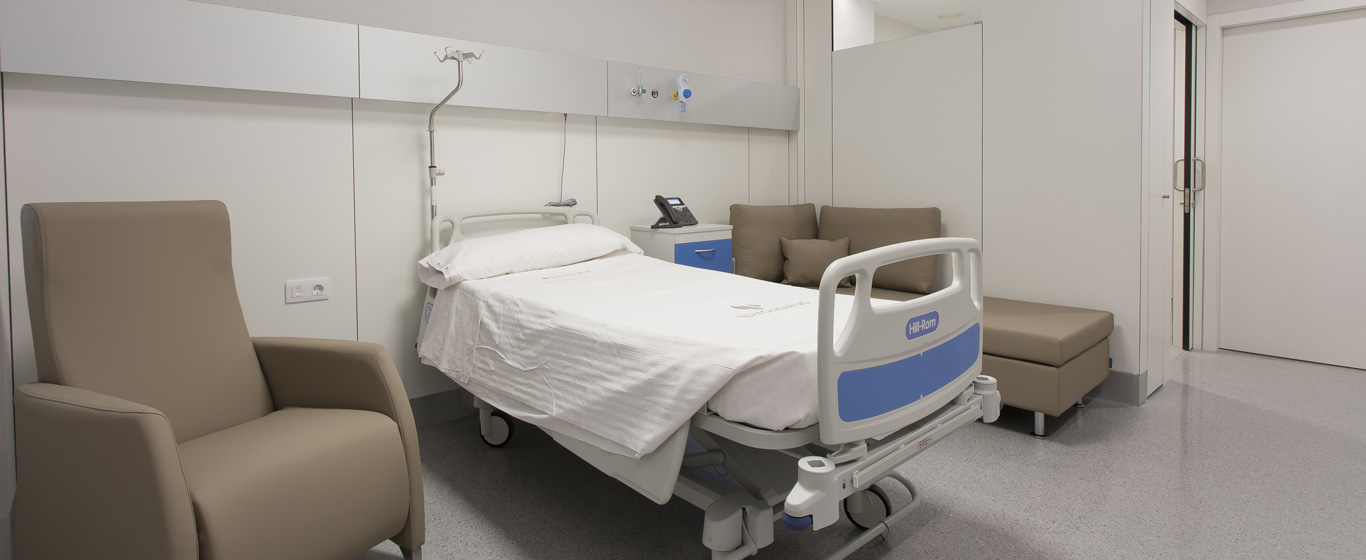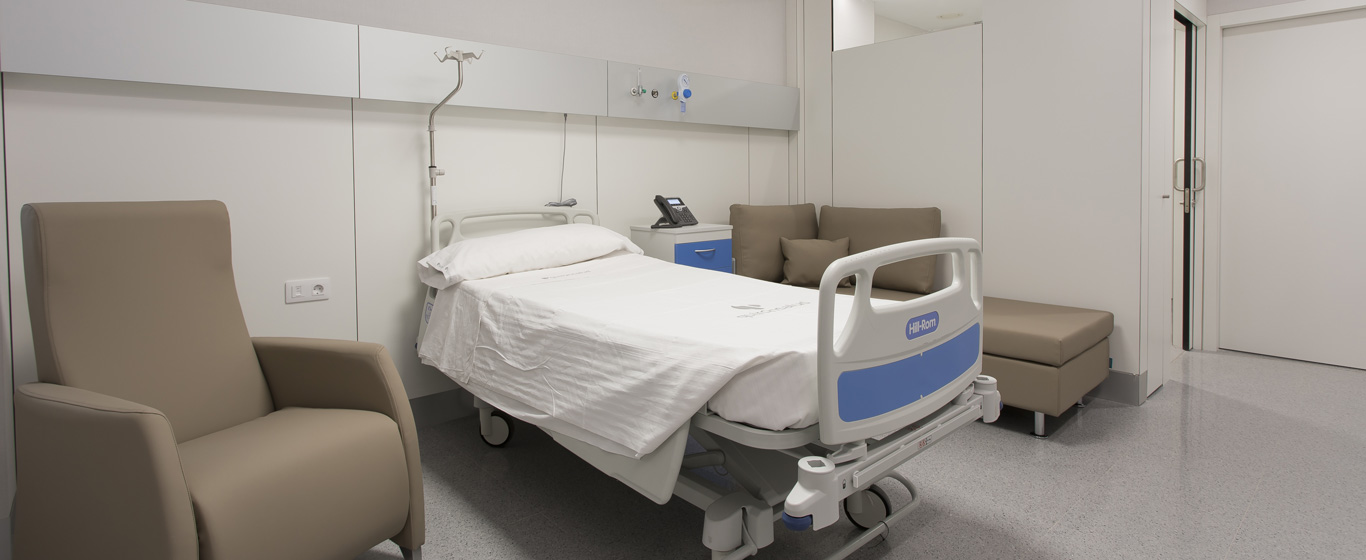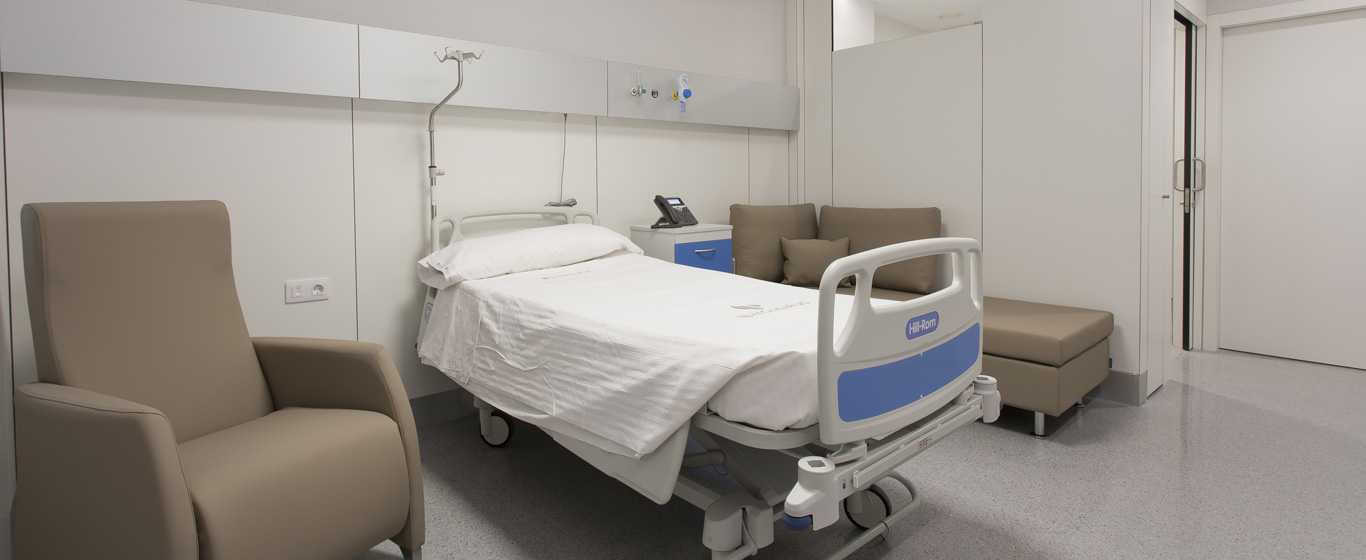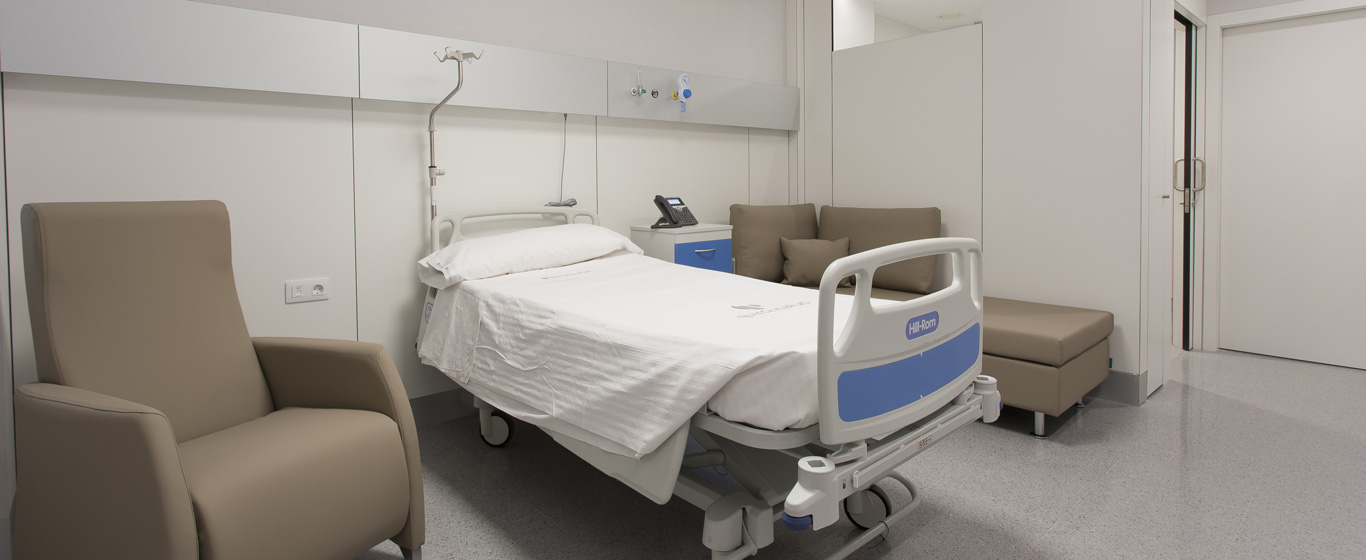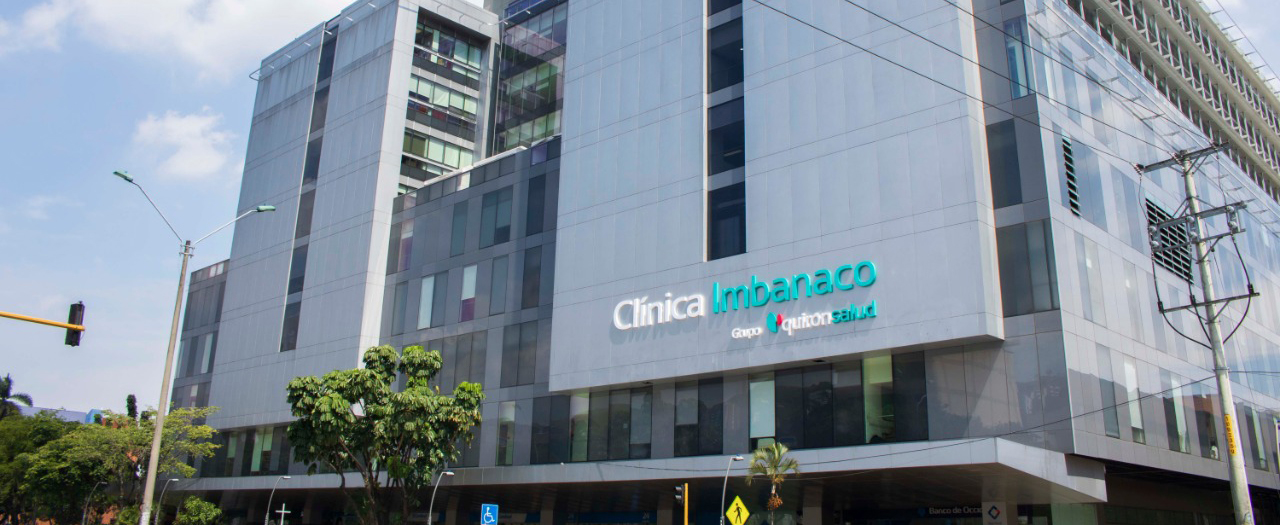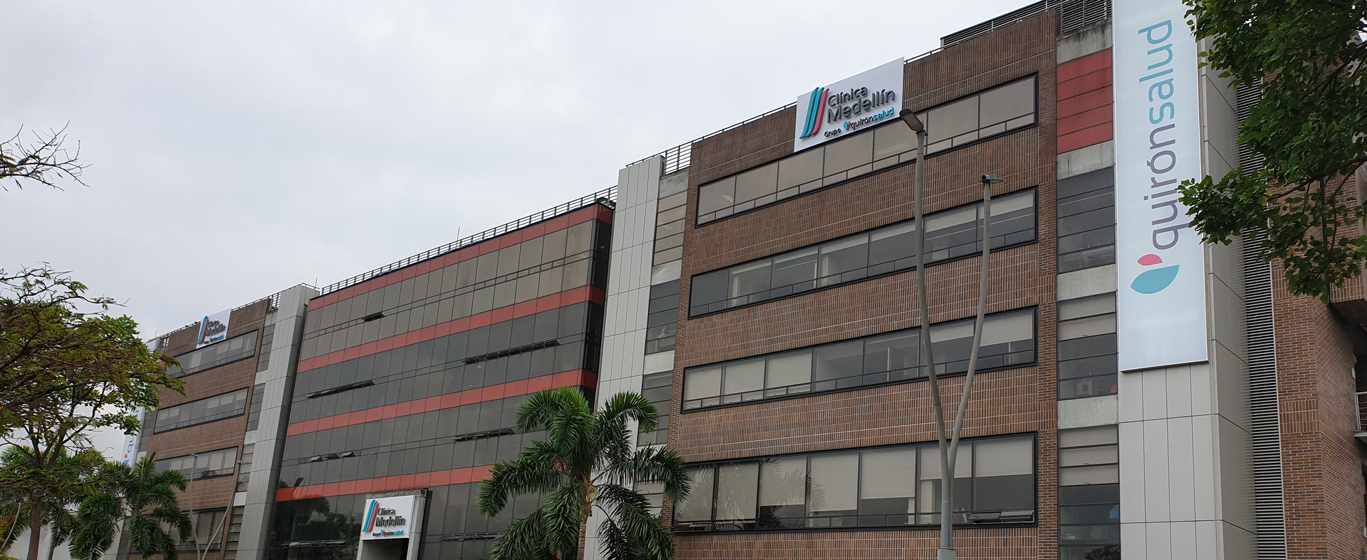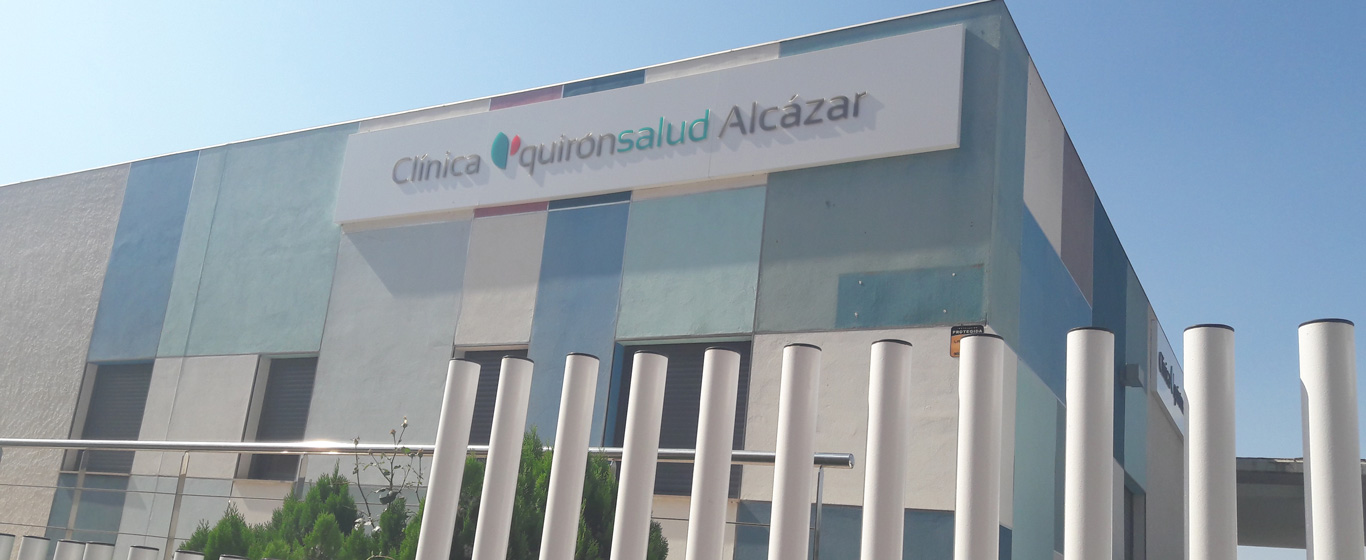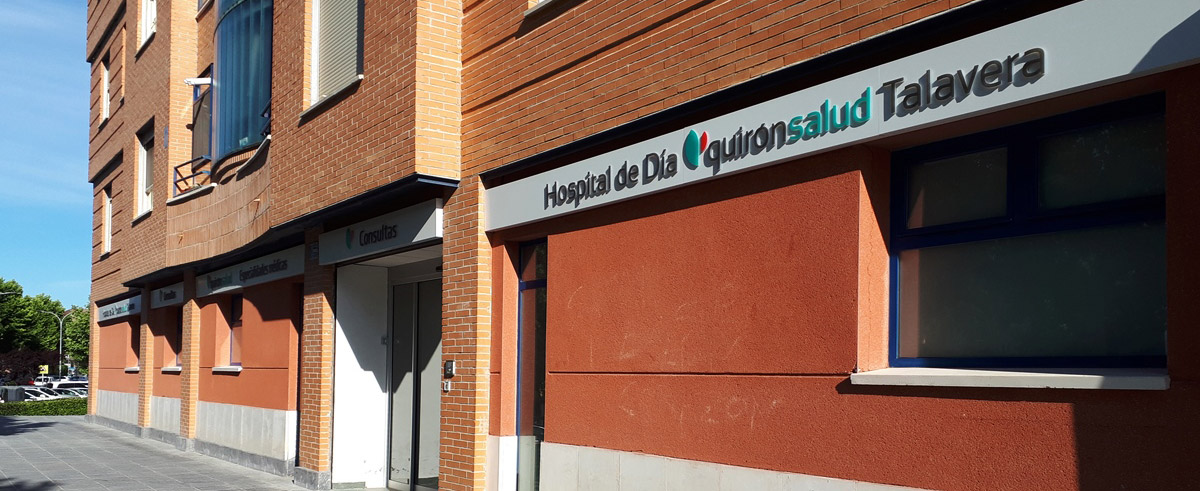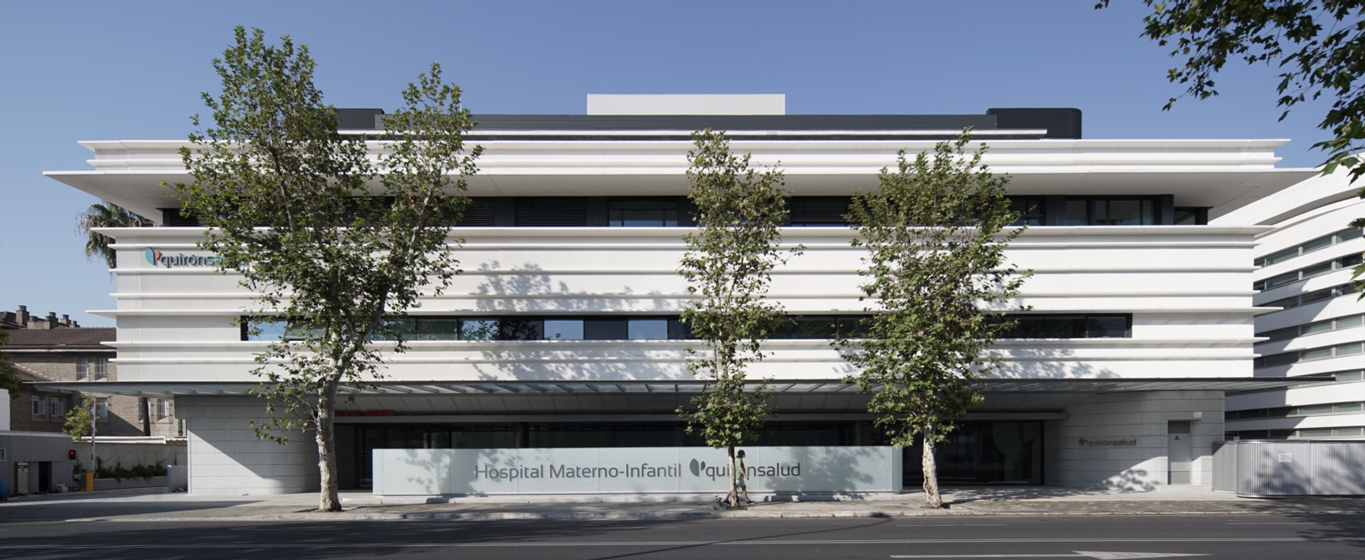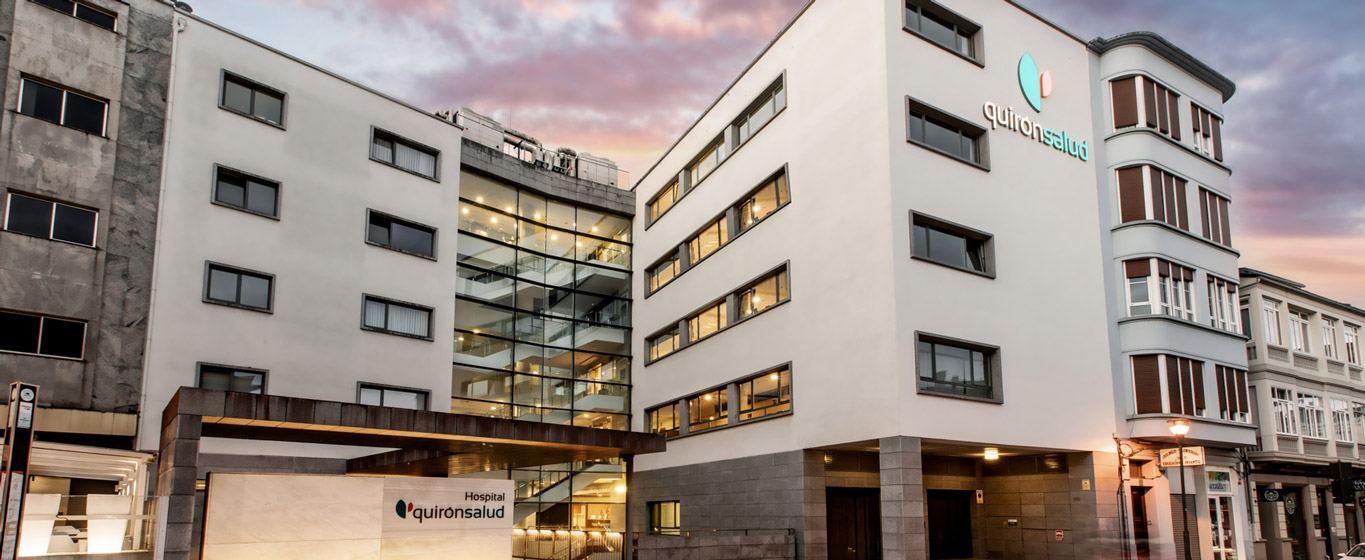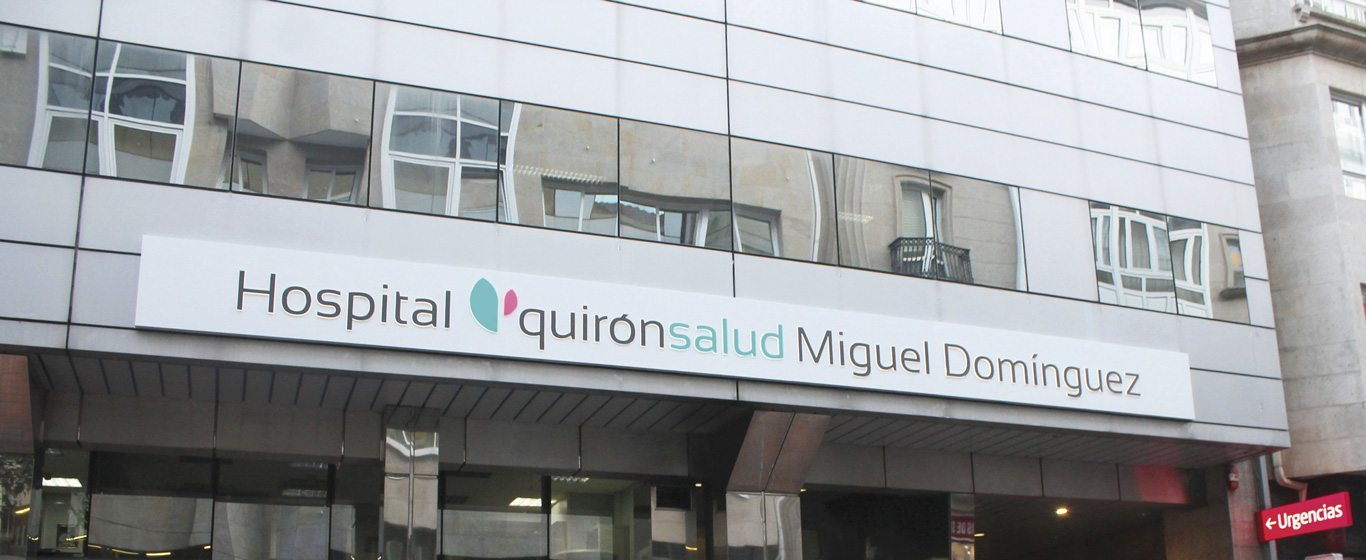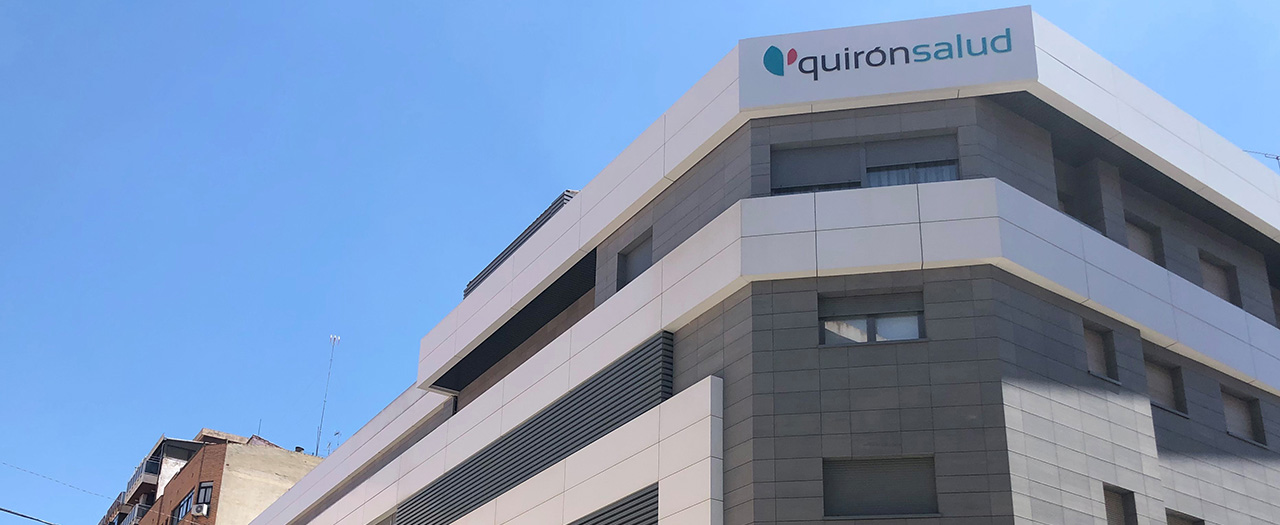Cytology
Cytology is a diagnostic method in which the shape, quantity, and condition of the cells that make up the organs of the body are analyzed in the laboratory. This study can be performed on samples from secretions, tissues, fluids, or abnormal masses.
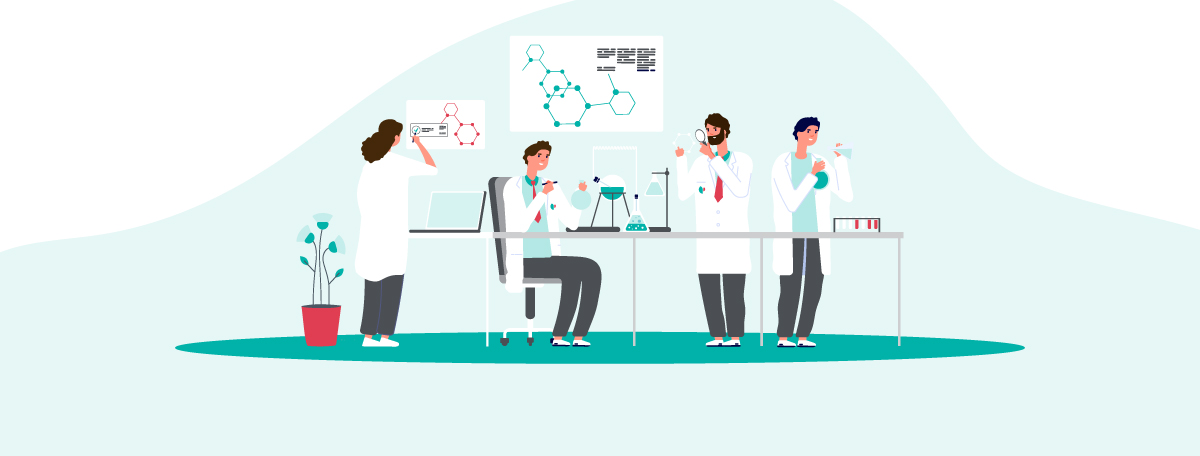
General Description
Cytology is a technique used in pathology that studies the structure or morphology of cells under a microscope to detect possible abnormalities. To do this, a tissue sample must first be taken and examined under a microscope to determine the appearance and behavior of its cells.
This procedure is extremely useful for detecting precancerous changes or obtaining information about malignant tumors, as it allows for understanding how they form and how they function. Cytology is also used to diagnose inflammation, bleeding, or infections at the cellular level.
The cytological study can be performed on samples from respiratory secretions (mucus, sputum), body fluids (primarily urine), fluid that accumulates abnormally in certain areas (abdominal cavity, pleura, pericardium, joints), or cells from tissues belonging to body structures, nodules, cysts, or tumors.
The main difference between cytology and a biopsy is that in the former, only cells are analyzed, while in the latter, larger tissue samples are studied.
When is it indicated?
Cytology is a procedure indicated for diagnosing various pathologies such as:
- Cancer.
- Infection by the human papillomavirus.
- Sexually transmitted diseases.
- Tuberculosis.
- Cystitis.
- Inflammatory processes.
It is primarily used to determine the nature of cysts detected in the breast or thyroid and the origin of unexplained bleeding. In addition, it is a routine screening method in women to prevent and detect cervical cancer early.
How is it performed?
The way cytology is performed varies depending on how the sample is collected. There are primarily two types:
- Exfoliative cytology: this is done by scraping the tissue or collecting cells that naturally shed using a spatula.
- Fine needle aspiration cytology (FNAC): this is done by puncturing a tissue or organ, usually superficial, with a hollow, fine needle connected to a suction syringe.
In the case of body fluids such as urine or sputum, the patient collects the sample in a sterile container, which is then properly closed and delivered to the medical center. If a blood sample is required, the nursing staff draws the sample with a needle.
To ensure that the structural characteristics of the collected material are maintained, it must be fixed immediately after collection. The most common method is to place it on a slide and spray it with a hydroalcoholic solution containing polyethylene glycol. Afterward, a stain is applied to help analyze the different parts of the cell and detect foreign organisms, such as bacteria. Finally, the specialist examines the preparation under the microscope and determines whether its appearance is normal or if there are any abnormalities.
More recently, a type of liquid cytology has been developed, where the sample is preserved in a special liquid and prepared appropriately before placing a very thin single layer on the slide. This procedure is currently the most used because it is easier to observe the cells under a microscope, resulting in more accurate diagnoses.
Cytology results are received in consultation after three to eight days, depending on the type of tissue analyzed and the fixation and staining techniques used.
Risks
Cytology does not pose any risk to health.
In some cases, slight bleeding or pain may occur after the sample collection, but this resolves on its own within a few hours.
What to expect from a cytology
The experience varies depending on how the sample is taken:
- Urine or sputum sample: only the sample needs to be delivered to the medical center.
- Blood sample: the extraction may be painful when the needle is inserted. Some patients may experience slight dizziness, which is alleviated by lying down with legs elevated.
- Gynecological exfoliative sample: the patient should lie on the examination table with their legs supported in stirrups, and a sheet is placed over the thighs to ensure privacy as much as possible. A speculum is used to open the vagina, and then a spatula is introduced to scrape the tissue. This procedure may be uncomfortable or painful for some women. It is recommended to relax the muscles and stay calm to minimize discomfort. The procedure lasts a few minutes.
- Non-gynecological exfoliative sample: after cleaning the area, the sample is collected with a spatula. This procedure typically does not cause discomfort, and the collection lasts about five minutes.
- Fine needle aspiration sample: the patient must sign an informed consent form. No anesthesia is needed for FNAC. The medical center provides a gown to facilitate access to the area being punctured. After cleaning the skin, a needle is inserted, and the sample is collected with a syringe. This technique typically takes 20 to 25 minutes. It is normal to experience slight pain during the process. If pain persists after the puncture, painkillers can be taken. If the pain intensifies or if there is a sensation of chest tightness, emergency medical care should be sought.
Sometimes, the obtained sample is insufficient or altered, requiring the procedure to be repeated. For FNAC, the tissue is taken directly to the laboratory, so the patient waits on the examination table until specialists determine whether a repeat collection is necessary, as this is done immediately.
All of the above procedures are outpatient, and the patient can resume their routine immediately. Afterward, the laboratory staff prepares and analyzes the samples to provide the results.
Specialties in which cytology is requested
Cytology, which is analyzed by specialists in pathology, is commonly requested by various doctors, including gynecologists, pulmonologists, oncologists, dermatologists, internists, urologists, hematologists, gastroenterologists, and family doctors.
How to prepare
The necessary preparation depends on the type of cytology to be performed:
- Urine sample: the first urine of the morning should be collected, on an empty stomach, discarding the first few drops.
- Sputum sample: the patient should cough without clearing their throat to obtain deep expectoration, as collecting saliva is not valid. Close the container and store it in a cool place until it is brought to the medical center.
- Blood sample: the patient should go to the medical center after fasting for at least eight hours.
- Gynecological exfoliative sample: menstruation must have completely ended on the day of collection. If topical treatments are applied, they should be suspended during the week before. It is recommended to refrain from sexual intercourse during the 48 hours prior.
- Non-gynecological exfoliative sample: no special preparation is required unless the specialist indicates otherwise.
- FNAC sample: the patient should arrive fasting for two hours. Regular medication can be taken except for anticoagulants.






